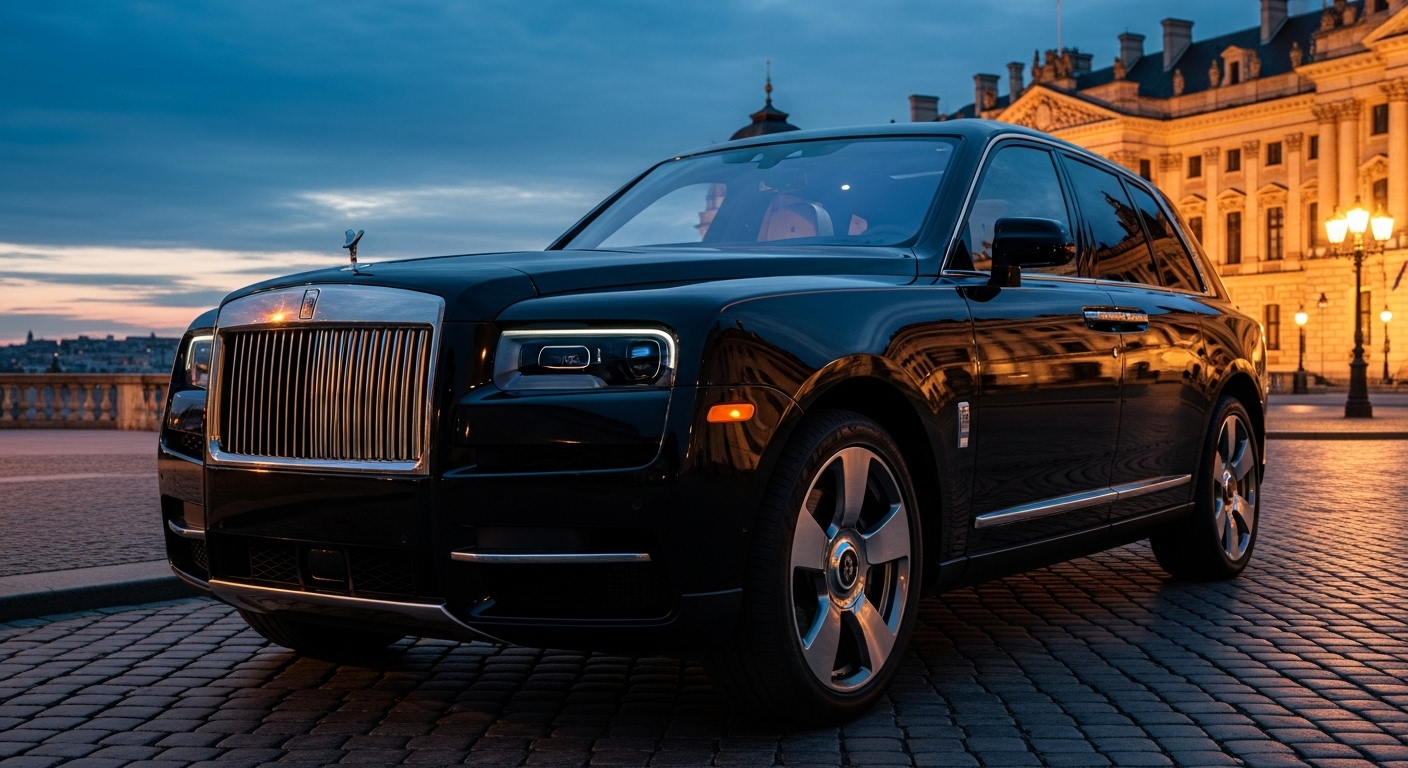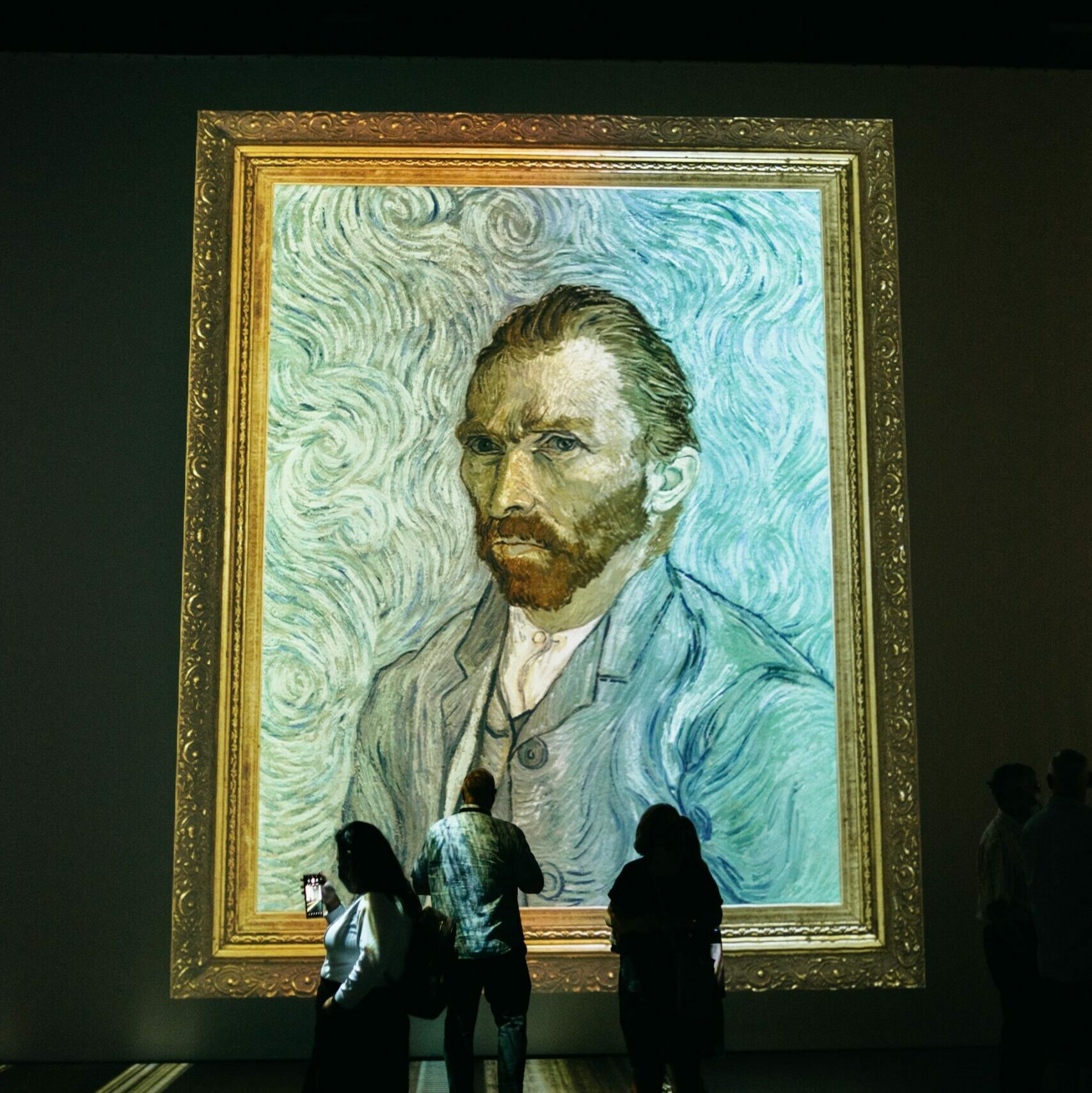The modern mechanical watch is a marvel of engineering and craftsmanship. However, it was not always so complex and intricate. The mechanical watch has come a long way since its humble beginnings centuries ago. Mechanical watches have been around for hundreds of years, with the earliest models appearing in Europe during the late 16th century. The first watches were simple timepieces designed to tell time through the use of hour hands on an analog dial face. Early clocks used weights or springs to power them, but as technology progressed over the centuries, advancements such as escapements and balance wheels allowed for more accurate readings from pocket-sized devices.
In 1755, Abraham-Louis Breguet made history when he invented what would become known as one of the most iconic pieces in horology: The Tourbillon (French for “whirlwind”). This device was able to counteract gravity by using two rotating cages which offset any positional errors caused by movement due to gravity over time – resulting in improved accuracy within pocket watches of that era. Throughout this period other developments included improvements in lubrication techniques which enabled smoother functioning mechanisms leading towards higher precision than before possible – allowing producers like Breguet himself set new standards across watchmaking worldwide.
By the mid-19th century mass production methods had begun being applied within watch manufacturing making these items available across many different classes worldwide. While the production of watches was becoming more popular, they still required intricate assembling processes performed manually, which is was the case going into the 20th Century. It wasn’t until 1969’s introduction of quartz crystals that digital electronic movements began replacing traditional mechanical.
The early 21st Century saw a rise in popularity among collecting enthusiasts who appreciated fine craftsmanship. Today, the production of mechanical watches begins with design. Experienced watchmakers must consider both form and function when creating their masterpiece as it needs to be aesthetically pleasing and function at an elite level. A 3D model is then created which allows for a more detailed consideration of proportions, materials used, and movement type. Once designs have been approved, they can begin sourcing parts such as bridges (which hold the movement together), hands (responsible for telling the time), and gears (which drive motion). All parts need to meet exact specifications in order for them all to work harmoniously. Manufacturers now use automated machines like laser cutters which enable precise cuts on metal plates.
Finally, fine adjustments are made manually. Meticulous testing then takes place along with final processes like polishing or sandblasting. Once the watch if fully finished, it is time for assembly. Depending on complexity, outside specialists may be required, but generally highly skilled technicians will take over at this point and carefully place every piece into position until the entire structure comes together.
Luxury mechanical watches are special not only because they show us the current time, but also because they give us a glimpse back at history. Humans have been telling time for centuries, but the ways in which we’ve learned to do it have evolved drastically. Purchasing a beautiful mechanical watch is an investment in our past as much as it is in the present.



